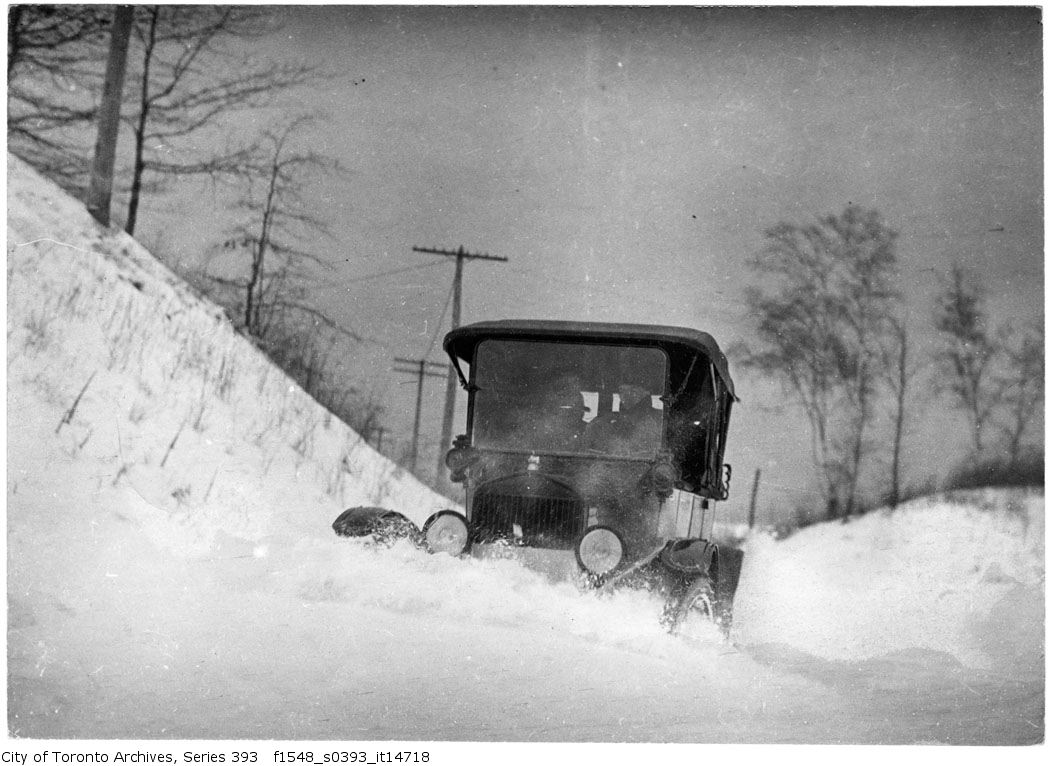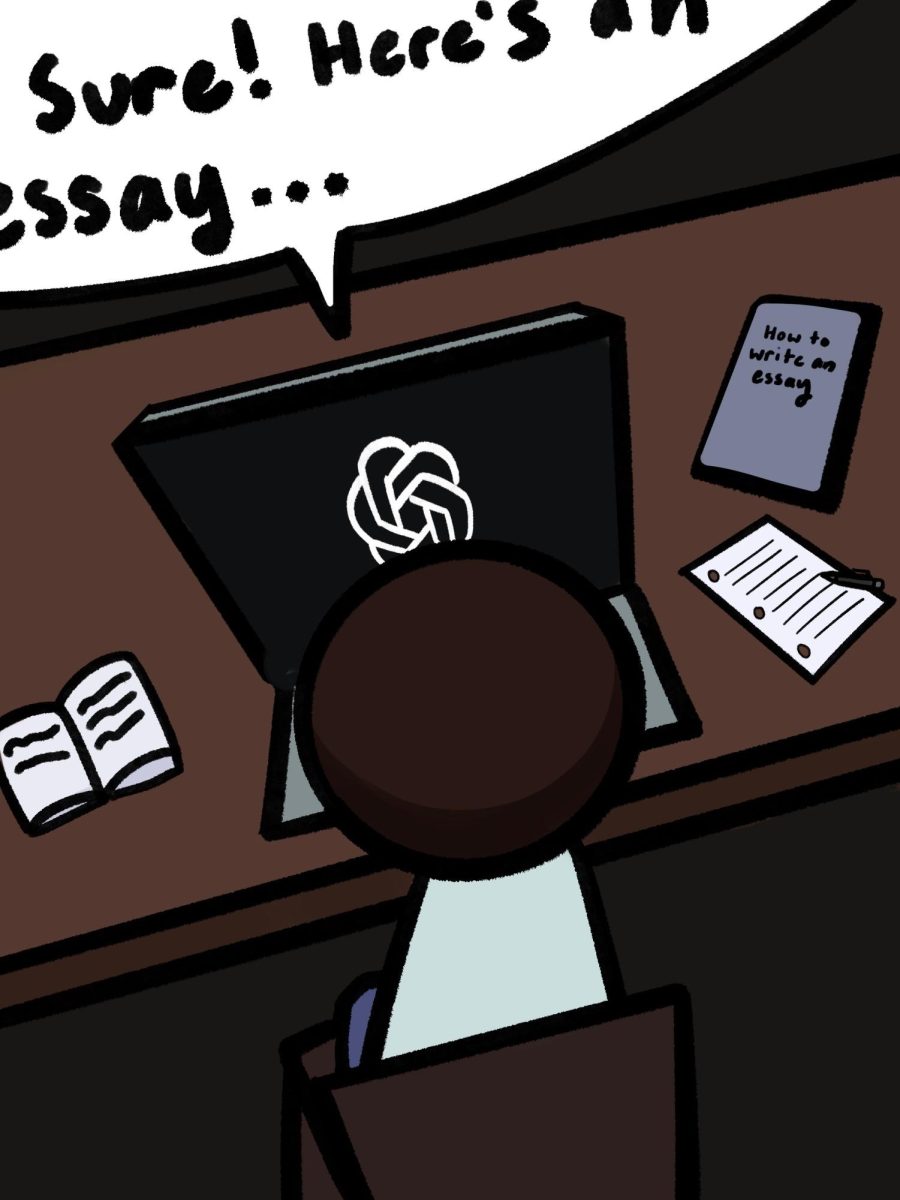With yet another long, cold winter upon us, it is imperative to make sure your car can handle the cold and oftentimes harsh winter weather that our city receives, in addition to the regular maintenance your car needs. This includes making sure your car’s battery, tires, wiper blades, fluids and brakes are all in good working order.
The first noticeable thing that happens immediately after the temperature drops suddenly, is the loss of pressure in your tires, according to Consumer Reports. In fact, for every 10 degrees the temperature drops, your tires lose about 1 PSI of pressure, which can go a very long way, especially with the extreme shifts in weather we tend to get. Usually, this drop in air pressure can cause the tires to become under-inflated, which will then trigger the low tire pressure light.

If you see this light, this means your tires are under-inflated.
If you drive too long with your tires under-inflated, your tires can actually wear uneven, and can potentially bald much earlier than they’re supposed to. You’ll see lots of wear on the sides of the tires as well. Both of these side effects of under-inflated tires can be very bad if you’re caught in the wrong situation at the wrong time, such as not being able to stop nearly as fast as you normally would. This is even further pronounced when there’s ice and snow on roads, and can lead to a serious accident.
Another thing that may become an issue when the temperature drops is how your car’s battery functions. The colder it becomes outside, the less charge your battery can hold, which explains why cars can seem slow to start in extreme cold. If a battery is more than three years old, the less likely it is to perform well in any kind of weather, let alone cold weather.
If your car’s voltmeter is consistently reading below 12.0 volts, this means that the next time you go and try to start it, it will either not start or barely start at all. This is a big cause of concern because this can easily leave one stranded and have no choice but to pay up to $150 dollars to have their car jump started.
In order to make sure your battery is in good working condition, take the following steps:
- Make sure your terminals are tightly connected to the posts on the battery! If the terminals aren’t tightened properly onto the battery, they can be knocked loose, especially due to the fact that Northeastern Ohio almost has more potholes than cars on the road!!
- CHECK THE CHARGE. The ideal charge for a car is anything between 12.6 and 14 volts, but it can still start all the way down to a little under 12 volts. However, if it consistently reads 12 volts and under, you may have to take a jumper box to ensure you don’t get stranded, and even that isn’t a long term solution to the problem.
- If you are getting a new battery, make sure it has enough CCA (Cold-Cranking Amps) for your specific car model and trim. It is very important that you know what trim your car is, as even cars that look exactly alike can have different engines, features, and accessories.













![“My parents have always said that education is important. My parents are Chinese immigrants, I'm Chinese American, [and that's a] value that has always been ingrained in our community,” said Senior Lyndia Zheng, pictured with Tony Zheng](https://bcomber.org/wp-content/uploads/2025/10/DSC_4244.jpg)
